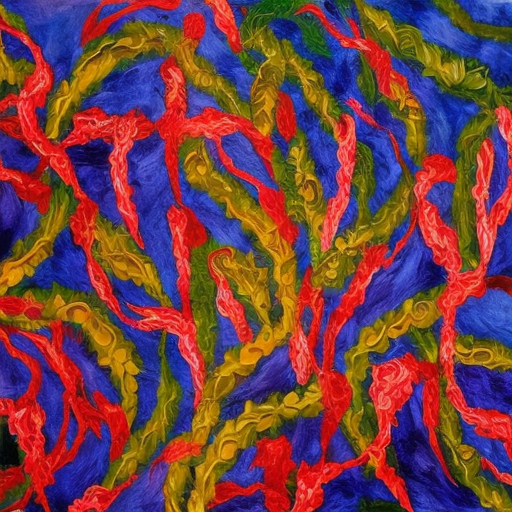Summary:
Art dealers play a crucial role in the art market, acting as intermediaries between artists and collectors. They are responsible for sourcing, promoting, and selling artworks, as well as providing expertise and guidance to both artists and buyers. Art dealers often have extensive knowledge of art history, market trends, and the value of different artworks. They work closely with artists to help them gain recognition and exposure, and they also build relationships with collectors to understand their preferences and help them build their art collections. Art dealers can operate independently or work for galleries, auction houses, or art fairs. They play a vital role in shaping the art market and facilitating the exchange of artworks.
Role of Art Dealers:
Art dealers have a multifaceted role in the art world. They act as curators, selecting artworks that align with their gallery’s aesthetic and vision. They also provide guidance to artists, helping them develop their artistic practice and navigate the art market. Art dealers often organize exhibitions and art events to showcase their artists’ work and attract potential buyers. They also negotiate sales and handle the logistics of shipping and installing artworks.
Art Market Expertise:
Art dealers possess in-depth knowledge of the art market, including current trends, pricing, and the value of different artworks. They stay informed about the latest developments in the art world and attend art fairs, auctions, and gallery openings to keep up with new artists and emerging trends. This expertise allows them to advise collectors on building their art collections and making informed investment decisions. Art dealers also have a keen eye for identifying promising artists and nurturing their careers.
Building Relationships:
Art dealers build relationships with both artists and collectors. They work closely with artists to understand their artistic vision and help them gain recognition. They provide artists with opportunities to exhibit their work, connect them with collectors, and promote their art through various channels. On the other hand, art dealers also cultivate relationships with collectors, understanding their preferences and helping them navigate the art market. By building trust and rapport, art dealers become a valuable resource for both artists and collectors.
Art Dealers and Galleries:
Many art dealers operate within galleries, which serve as physical spaces to exhibit and sell artworks. Galleries provide art dealers with a platform to showcase their artists’ work and attract potential buyers. They also handle the administrative tasks associated with running an art business, such as marketing, sales, and managing the gallery space. Art dealers working within galleries benefit from the gallery’s reputation and network, which can enhance their artists’ visibility and market value.
Art Dealers and Auction Houses:
Some art dealers work for auction houses, which specialize in selling artworks through auctions. These art dealers play a crucial role in sourcing artworks for auction, evaluating their quality and market value, and advising potential buyers. They also assist in the auction process, including setting estimates, organizing previews, and facilitating bidding. Art dealers at auction houses have access to a wide range of artworks and can provide valuable insights to collectors looking to acquire art through auctions.
Conclusion:
Art dealers are essential players in the art market, connecting artists and collectors and facilitating the exchange of artworks. They possess expertise in art history, market trends, and the value of artworks. Art dealers play a curatorial role, selecting and promoting artworks, and they also provide guidance to artists and collectors. Whether operating independently or within galleries or auction houses, art dealers contribute to shaping the art market and supporting artists’ careers.












